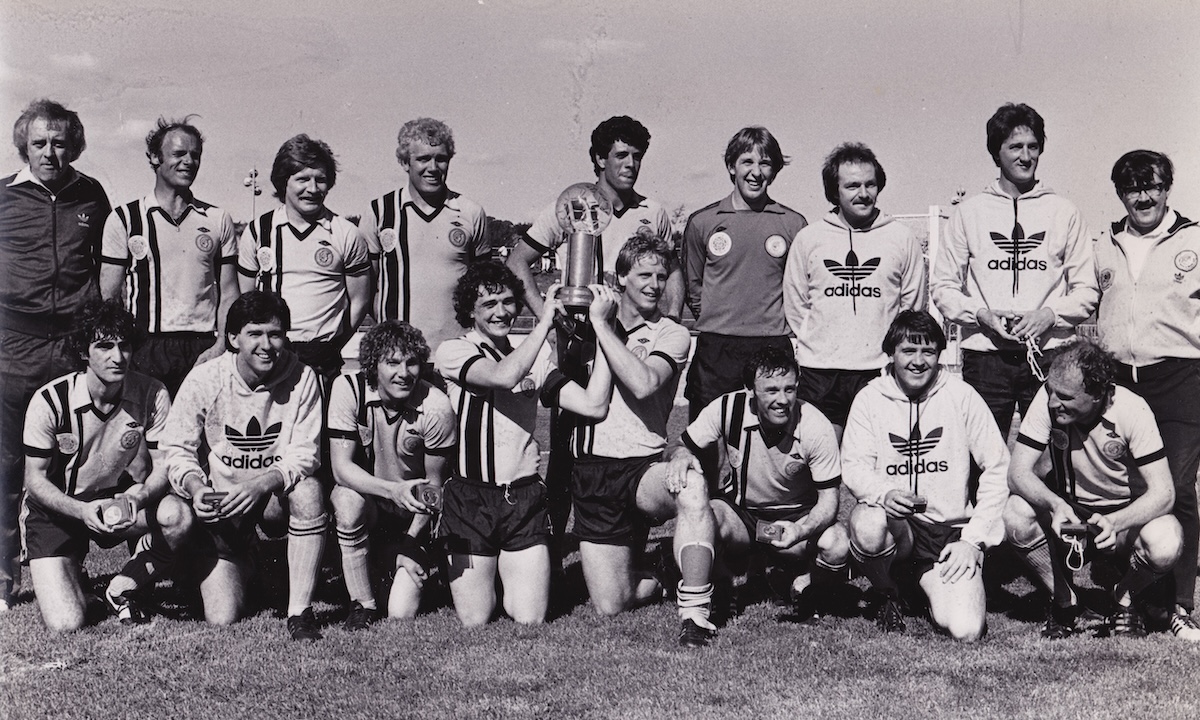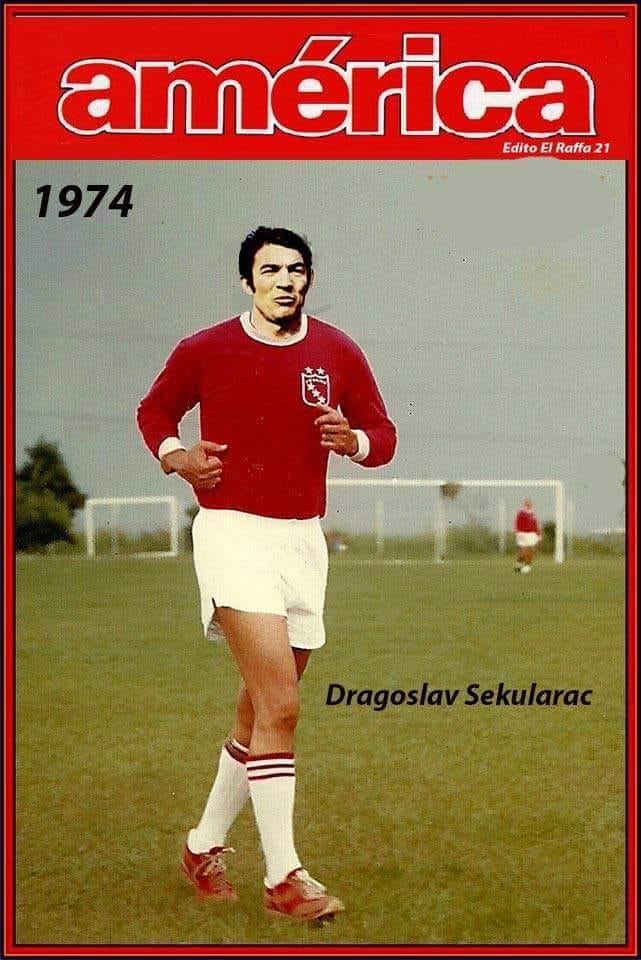In the countdown to the final of the Hahn Australia Cup on Saturday evening, we take a trip down memory lane to an Autumn evening in 1993 when Heidelberg United last tasted cup success on the national stage.
With Heidelberg United deep in preparations for arguably the most important match in the club’s history, it’s easy to forget that this proud club paved a path forward for so many other as football became the first sport to form a national competition. Along with South Melbourne, Footscray JUST and little old Mooroolbark, Fitzroy United (as they were known at the time) were inaugural combatants when the National Soccer League kicked off in 1977.
Although a Championship eluded them in those early seasons, they were the best performed Victorian club by the length of the straight until South Melbourne claimed its maiden title in 1984. The club claimed third place on debut, which was followed by runner-up finishes to Marconi in 1979 and Syndey City Hakoah in 1980, though the Bergers were able to exact some revenge with a 4-0 trouncing of Hakoah in the post-season Grand Final.
The team from that era was a veritable who’s who of Australian football, the likes of Jimmy Rooney, Gary Cole, Jamie Paton, Theo Selemidis and Jeff Olver forming the backbone of a remarkable team.

Success in the league proved difficult against the power clubs from Sydney and the story was no different in the National Cup. They reached the final of the NSL Cup in 1980 which was played over two legs. A rare goalless draw at Olympic Park in the first leg was followed by a humbling defeat at Bossley Park in the second, a young starlet by the name of Eddie Krncevic scoring one of Marconi’s three goals to send the Bergers home minus the ultimate prize.
Two years later, the Bergers played host to APIA Leichhardt in the NSL Cup Final at Olympic Park and took the lead via Jim Campbell twenty minutes into the second half. On the cusp of a national cup triumph with ten minutes remaining, APIA stormed home with goals to Jim McBreen and Terry Butler leaving the Bergers stunned in front of a partisan crowd.
A third final in five years in 1985, with the two-legged format returning as Heidelberg United faced off against Sydney Olympic. The first leg was played at St George Stadium and Terry Patalis gave Olympic the advantage via a second-half strike. The Bergers would have been confident of overcoming their rivals in the second, having trounced Olympic 4-1 in the League a month earlier at the Village. But Olympic Park once again proved their downfall, Patalis scoring another to give Olympic the Cup 2-0 on aggregate.
By the time the Bergers reached their fourth NSL Cup final in 1993, the club’s golden generation had moved on and a new crop were charged with the task of achieving something their forebearers had struggled to accomplish. Their secret weapon didn’t come on the pitch though, but in the form of their coach, Drago Šekularac, who had been appointed by the club just before the World Youth Championships in March, taking the reins from caretaker Garry McDowall who had earlier replaced the departing Gary Cole prior to Christmas.
As a player, Šekularac, affectionately known as ‘Seki’, was a creative midfielder who won five national titles with Red Star Belgrade before stints in Germany and Colombia, most notably with Independiente Santa Fe where he became known as el Pelé blanco (the white Pelé). He represented Yugoslavia at the 1956 Olympic Games in Melbourne, winning a silver medal in a 1-0 defeat to the Soviet Union at the MCG in front of an 86,000 strong crowd, and participated in the 1958 and 1962 FIFA World Cups, where he was a star in Yugoslavia's Semi-Final run. He moved into coaching upon his retirement at the age of 37 and had previously enjoyed a stint in Melbourne with Footscray JUST, leading them to the NSL Southern Division Grand Final in 1986.

Heidelberg, still coached by McDowall at this stage, were aided with a bye into the second round, where they delivered a comprehensive 4-1 victory over traditional rivals South Melbourne in the first leg at Olympic Village, in no small part to a hat-trick from Derek Hunter. With South 2-0 ahead thanks to goals from Francis Awaritefe and Paul Trimboli in the return leg, a Hellas comeback appeared on, but a penalty to Olyroo George Slifkas just before half-time eased Heidelberg nerves, before second half strikes from Mike Michalakopoulos and Brian MacNicol cancelled out a late goal from Mehmet Durakovic. The Bergers advanced to the semi-finals with a 7-4 scoreline.
Awaiting them at Olympic Park were Adelaide City, coached by the legendary Zoran Matic and featuring the likes of Socceroos Robbie Zabica, Alex Tobin, Milan Ivanovic, Carl Veart, Tony Vidmar and Damian Mori. With Seki now at the helm, Heidelberg were ostensibly a different team to the one some month earlier with the major difference arriving in the form of preparation. Training six nights a week, the Bergers were hardened and ready for the challenge of the visiting Adelaide and the match was decided by a solitary goal to English import Phil Stubbins, the former Hull City midfielder scoring in the 71th minute to seal the Bergers place in the final.
Their opponents in the decider were Parramatta Eagles, coached by former Socceroo mastermind Rale Rasic. The Eagles were enjoying a rich vein of form in both the League and Cup under Rasic, with a once-in-a-generation talent in Marshall Soper as their star forward. The NSL administration curiously elected to stage the final at Bossley Park, and a smallish crowd of 2,500 were in attendance to see a thrilling contest.
The match was barely three minutes old before Heidelberg took the lead via Alan Scott, who was allowed time and space to dance through the Eagles defence before a speculative shot from outside the box beat a diving Peter Gunning in goal. The Bergers were in dominant form throughout the first half but would only take that single goal into the sheds at half-time as their advantage.
Perhaps buoyed by the fact they were merely a goal down, the Eagles looked a different team in the second half, regularly peppering the Bergers goal before Aytek Genc combined with Michael Reda to equalise in the 80th minute, an exquisite move which would have made Rasic proud. With momentum swinging the Eagles’ way, Heidelberg players and fans could have been forgiven for thinking that another runner-up finish was on the cards, but with three minutes to go, the sweetest goal in the club’s history came via an unlikely source.
Taking possession of the ball on the left wing, MacNicol went on a mazy run through the centre of the pitch evading multiple tackles before finding Michalakopoulos out wide on the right wing. His cut back into the box found a nineteen-year-old Danny Gnjidic, who beautifully laid off a pass for Slifkas who struck low and hard at the Eagles goal, the resulting deflection ultimately finding the back of the net and sealing Heidelberg United’s first ever triumph on the national stage.
For a club steeped in history, and with success in every decade at State League level since their first Championship in 1975, the 1993 NSL Cup remains the Bergers sole piece of silverware on the national stage. Having negotiated their way past eight different opponents in the Dockerty Cup and the national knockout phase, the Bergers will be hoping to repeat that success in the final of 2025 Hahn Australia Cup at Lakeside Stadium on Saturday evening.
